I know a lot of you out there may have full-time jobs and only pursue landscape photography as a hobby. I also know some of you want the ABC’s of f-stops, lenses, shutter speed, tripods, gear, what new rig to buy, or what hot piece of equipment is out there. But this article is a little unconventional and straight from the heart. It’s about my five most valuable landscape photography tips for chasing the light and capturing stunning landscape photos.
Tip #1: Get Off the Beaten Path
Do not go where the path may lead, go instead where there is no path and leave a trail. – Ralph Waldo Emerson
I believe one of the last things we need is a million more photos taken on the same deeply-trodden paths of the exact same icons. Please don’t take that comment personally or wrong; I do believe we should all still enjoy shooting the popular landscape photography icons.
But know this… one of the most exciting things for me as a full-time landscape photographer is spending time researching new locations, preparing for upcoming adventures, and spending far too many hours on Google Earth trying to find out where NEW beauty exists… beauty that less people (or even no one else) have seen.
As I write this article, I’m in a very remote location on a road I have driven many times before, maybe 100 miles from nowhere. As I drive down this road, I can see the places where everyone goes. The places that are in the books. The places that we’ve all frequently seen in photography forums. But as I’m out here, I’m slowing way down and looking for special locations that fewer people have seen and that can possibly be captured in a unique and wonderful way. That is what gets me jazzed! As much as I love popular places/icons and finding unique perspectives on them, I’m far more excited about finding new stuff. Don’t buy into the idea that there’s no more new stuff out there.
Someone recently told me that there is nothing new to photograph in the American Southwest. This made me laugh. In the last month, I’ve found five new exciting locations with wonderful landscape photography formations that I have never seen photographed. How did I find them? In most cases I used Google Earth Pro, ventured out to the locations, and spent time hiking around with no agenda.
So… step one is to get off the beaten path, find some new landscape photography subject matter, and allow originality to be the motivation for your photographic adventure.
Tip #2: It’s All About Passion
Passion! I seem to say this in every interview I give or article I write. It’s something that I cannot over-emphasize. It’s been said that “passion is the wellspring of life.” What really gets you going? Where does your heart really want to roam and why? We live in such a vast and wonder-filled earth… and I believe there is unbelievable amounts of untapped beauty out there!
People often ask me the question “what is your favorite place to photograph?” These days my answer is that I don’t have one. My favorite place to photograph is that new, inspired thing that lights the fire of passion inside me.
Spend quality time looking at various landscape photography or travel forums, think about places in the world where you want to go, think about what you want your photography to say. Dig deep and step further in than you normally would.
Do you need an example? Here is one from my own life. I was very sick last winter and was bedridden for two months. At times, I really believed that my career was over. The doctors couldn’t find anything wrong with me despite many tests. During this time, both my character and personality deepened. Also, the projection of my future grew. I dug deeper than ever before (passion) about what I want my life to mean in the short days that we have here on earth.
So… dig for a deeper level of passion and purpose in your life. We only have a short time in this world so decide to be “all in” with that passion. See where true passion may lead your photography and art.
Tip #3: Embrace the Experience
As much as we love landscape photography, making fine art prints, and sharing our photos, remember that “a picture is worth 1,000 words.” What does this even mean?
Recently, a photographer friend of mine went to both Iceland and Greenland for two weeks on a landscape photography tour. She described profound life-changing experiences from these two weeks. Yes, she got incredible photography. In fact, beautiful photos! But, even more than that, she had an incredible adventure filled with meaningful interactions with other human beings, their land, their culture, their individual lives, and even their struggles. Not only was she open to seeing beyond mere photos (seeing the things and people that were around her) she actively sought these things out.
I may sound like a philosopher but, I challenge everyone reading this article to go beyond the picture. Avoid the stamp collecting mentality. My father (who is 78 years old and still climbing major mountains) recently told me that during his career of Alpine (snow mountain) climbing, there were many people that he called “peak baggers.” These are folks who were only focused on getting to the top simply to claim another accomplishment.
I believe we do much, much more than that! Sometimes there are people in my workshops that are so focused on a certain picture that they miss the awe and wonder around them. I’m suggesting that our potential (and privileged) experiences are far more important than the photos we take.
I also believe that these experiences can mold, shape, and direct where our photography leads us. Similar to tip #2, this is a challenge to find more meaning than snapshots. Heighten your focus and sensitivity to what’s around you… be open to seeing like you’ve never seen before.
To summarize tip #3… go after the experience more so than the photograph. Consider John Muir. He didn’t photograph Yosemite simply to collect pretty photos (to “stamp collect” or “bag peaks”). He photographed Yosemite because he was deeply and profoundly inspired by its majesty and beauty. I, for one, want nothing less from my life… incredibly meaningful experiences.
Tip #4: Master Post-processing for Landscape Photography
As a full-time landscape photographer and tour leader, I find a fairly high percentage of my photographer clients do not embrace post-processing. By not fully appreciating this other side of the creative coin, I believe their work may fall short of its truest potential.
In most of my workshops, I budget an extra day for pure post-processing training! I bring this up because, with many of my photographer clients over the years, there is some deficiency in this department. Because of this, they can have a great adventure and take some fantastic pictures, but not fully optimize the potential of their photos.
I also notice that there is a lot of confusion between the art of processing images for the web, on one hand, and processing images for fine art prints on the other (totally different) hand.
Here’s my advice on this… do what I would do if I was struggling in this area. Seek out your favorite photographers. Most of the top photographers that inspire me offer a wide range of services, including post-processing tutoring.
They also offer quality instructional materials. Whether you’re a beginner, intermediate, or even advanced in post-processing skills (looking to develop your skills and improve the quality of your images), use their video tutorials and/or e-books. Watch (or read) them over and over and practice the tips they offer. Even at my stage as a full-time professional photographer for over 13 years (and having taken many Photoshop classes), I still purchase many other top photographers instructional materials in a quest to keep learning, growing, and improving!
Another option is one-on-one instruction… specifically, one-on-one Skype (screen-sharing) lessons. I believe if you approach a Skype lesson (or lessons) prepared with your most important questions and lessons you want to learn, you can accomplish great strides in the steep learning curve.
Tip #5: Try the Ultra-wide Landscape Photography
This tip is short and sweet. Try radical new approaches with the new generation of ultra-wide camera lenses. I remember when the Nikon 14-24 was the widest, most popular corrected lens in the industry. Well, times change quickly! I’ve been shooting with the Canon 11-24 (on my Sony A7R2 and A7S) for a year and a half and have enjoyed the extreme angle so much that I have shot about 85% at 11mm since its purchase. I also just recently bought the Voigtlander 10mm (corrected rectilinear); it’s on order and I cannot wait to put it to work!
Why so extreme on the wide end? For me, new, radical takes on landscape get my blood pumping! I love what these camera lenses can do to create fresh perspectives and even distort reality into something new and unusual. Not everyone is a wide shooter but, for those interested, ultra-wide camera lenses are a blast. Often, I don’t even go out photographing with any other lens.
As far as the distortion that some want to avoid… I embrace it! Wider more flaring skies, wider more radical lead in lines… I love it all.
A recent client from Chicago showed me his large portfolio of city-scapes with the Canon 11mm. My whole workshop was very impressed by his work. Some may say “yeah but it makes some straight lines crooked.” In some cases, that’s true; but unless you’re doing strict architecture photography, I say, “who cares!?” This is art. Get radical. Break the rules. Have fun.
For this approach, because the eye doesn’t see like these camera lenses do, you really must take the camera off the tripod and experiment in free-form fashion. Go low to the ground… so as high as you can reach… walk around in free-flowing fashion watching the LCD or viewfinder (or both) every step of the way. Notice how even an inch can make a huge difference in the look of an image. Notice all of the possible photography compositions in even a small, scenic area.
My parting words for all you passionate landscape photographers? Try new stuff… break the rules… embrace the passion… and don’t be afraid of failure.
Visual Wilderness https://ift.tt/2zOQGba
Sourced by Time Trap Photography sharing the best photography tips, news and tricks throughout the industry. Time Trap Photography is dedicated to freezing those special moments in life that can be revisited and admired for generations to come. - Shannon Bourque
Please visit our main site for booking availability and rates.

Receive valuable industry knowledge delivered free to your email each day.


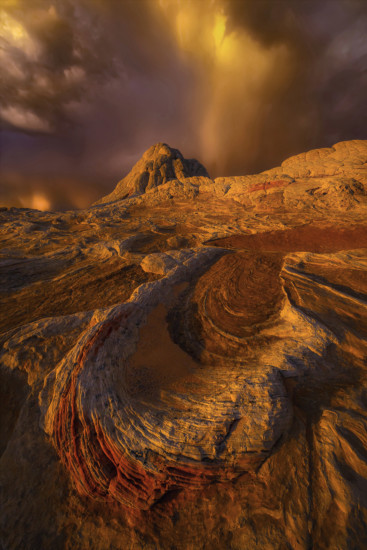
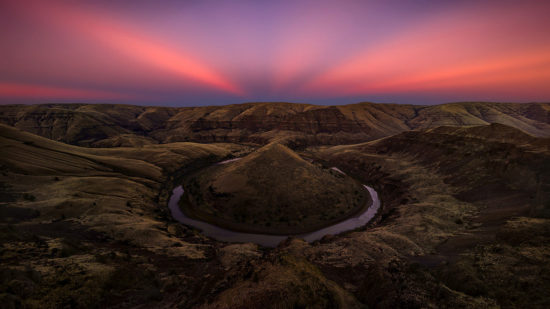
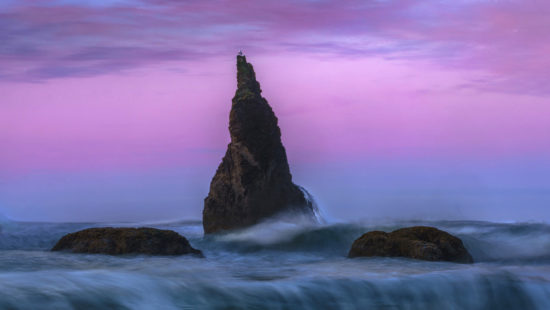
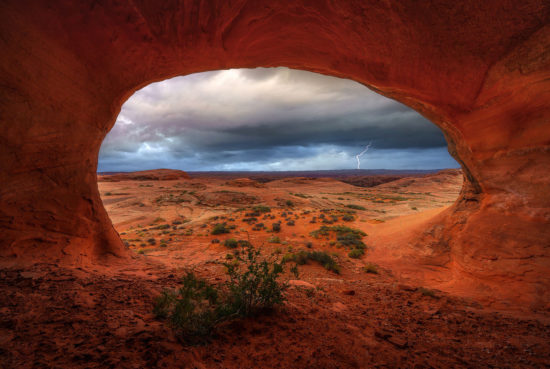
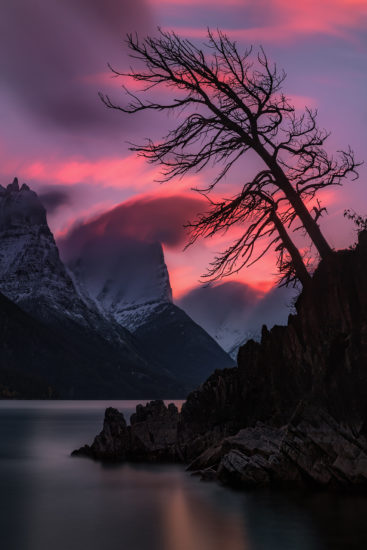
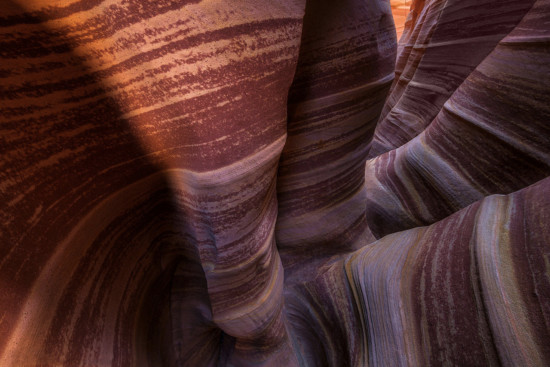




No comments:
Post a Comment
Thank you so much for your comment. A moderator will review and approve all relevant posts. We appreciate your support and encourage you to stay with us by subscribing to our email updates. Where you can easily pick and choose what photography subjects interests you. Subscription link: http://bit.ly/photo-sub